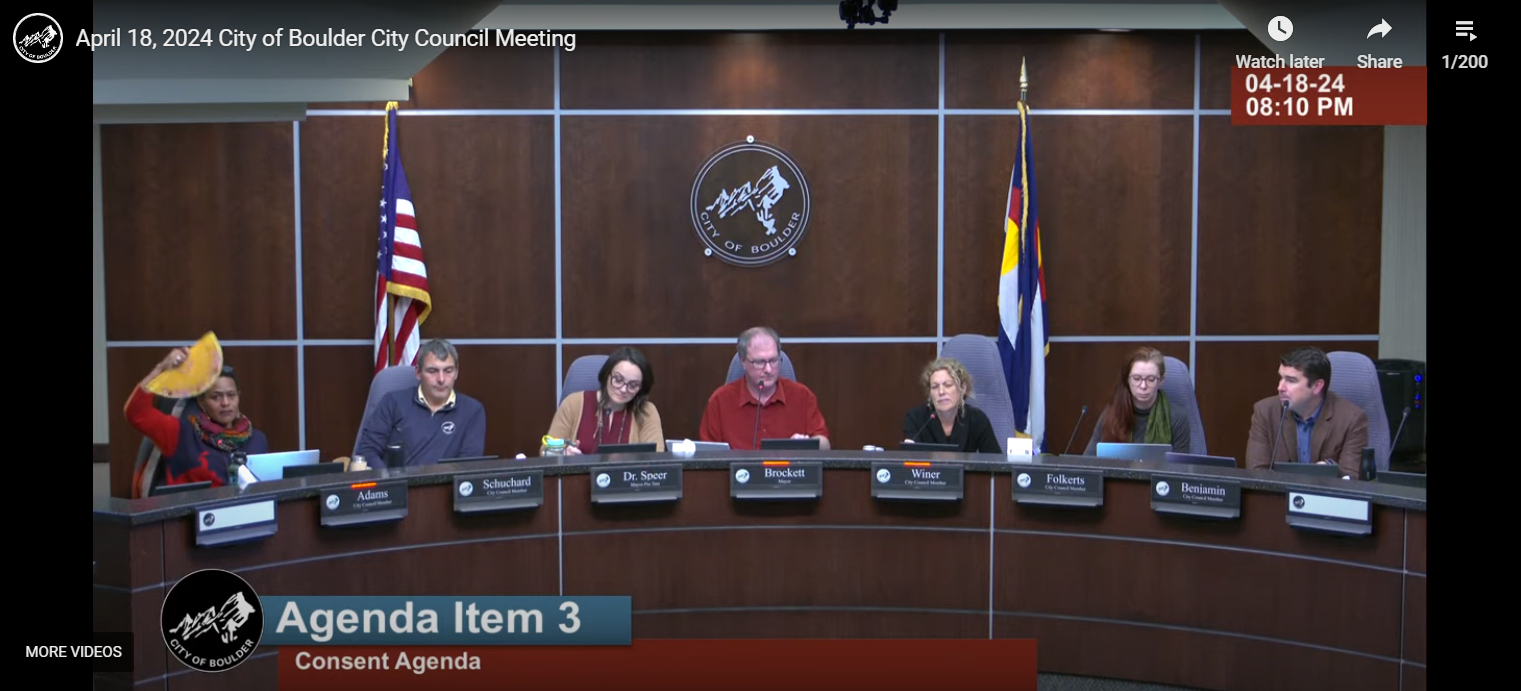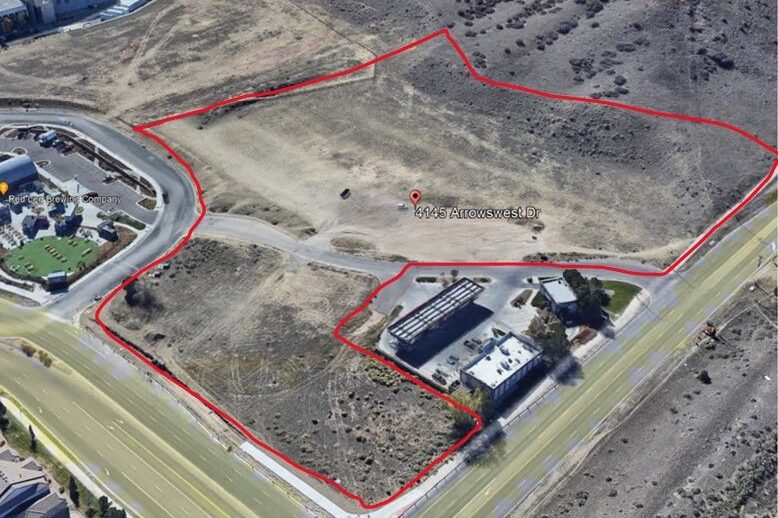This is “Looking UP! in southern Colorado,” from the Colorado Springs Astronomical Society. I’m Hal Bidlack, and there are lots of reasons to look up!
If you had to pick the most important star to humans in the northern hemisphere over the past few thousand years, which star would you pick? I don’t think there is much doubt it would be Polaris, the pole star.
Polaris is very near due north for anyone north of the equator. As such, it has been a vital navigational aid for everything from ships at sea to escaped slaves before the Civil War, seeking a path north to freedom.
Polaris is easily found – Just draw a line through the two stars at the front of the bowl of the Big Dipper and it will lead you to Polaris and north.
Now, Polaris is not exactly north, it’s a few degrees off. For most navigational uses in years gone by it was close enough for ships at sea to get safely to port.
Lots of folks think that Polaris is the brightest star in the sky because it has been so important. But it isn’t. In fact, Polaris is only the 50th brightest star in the sky.
Polaris itself is about 434 light years away, and it’s 6 times bigger and 2500 times brighter than our sun, and it has two other smaller stars that all orbit each other. So when you look at Polaris, you are actually looking at three stars at once. Polaris is also the last star in the tail of the constellation Ursa Minor, or Little Bear, but that constellation is hard to see in Colorado Springs or any other city.
And it won’t always be the north star. Because the Earth wobbles on its axis, like a spinning top slowing down, the line through the south and north poles points to a different spot in the sky as the Earth wobbles. It takes about 26,000 years for the Earth to complete one wobble. In about 12,000 years the star Vega will be the north star, until the Earth wobbles some more and 12,000 years after that, Polaris will be the north star again.
So, if you need to navigate by the stars, be sure to use Polaris, unless your trip will take more than a few thousand years.
If you’d like to take a closer look at the Polaris or any of the other wonderful and amazing things in the sky, please visit KRCC.org or CSASTRO.org for a link to information on our monthly meetings and our free public star parties!
This is Hal Bidlack for the Colorado Springs Astronomical Society, telling you to keep looking up, Southern Colorado!








